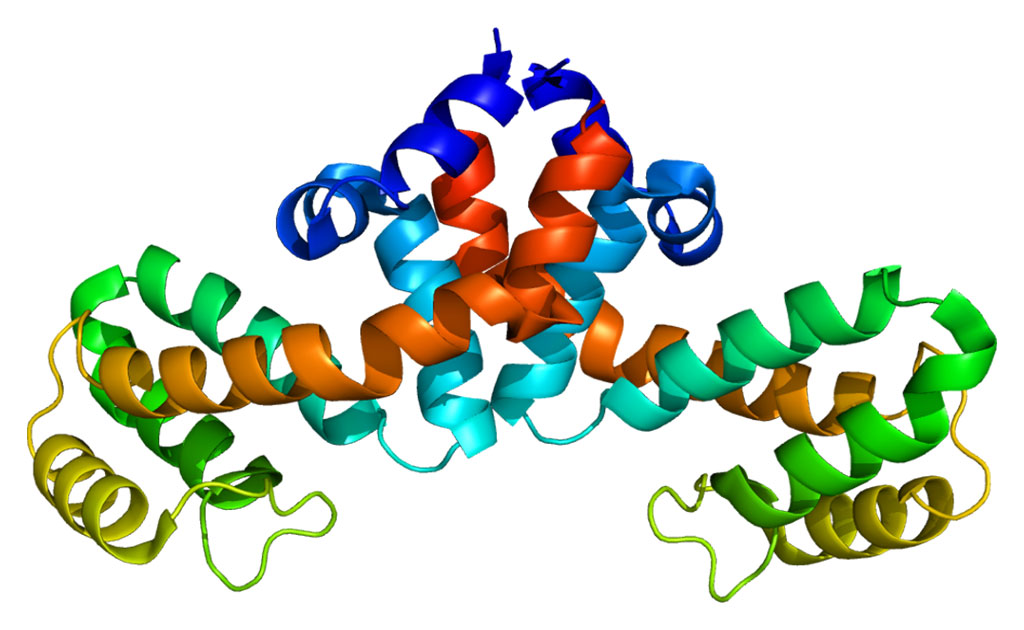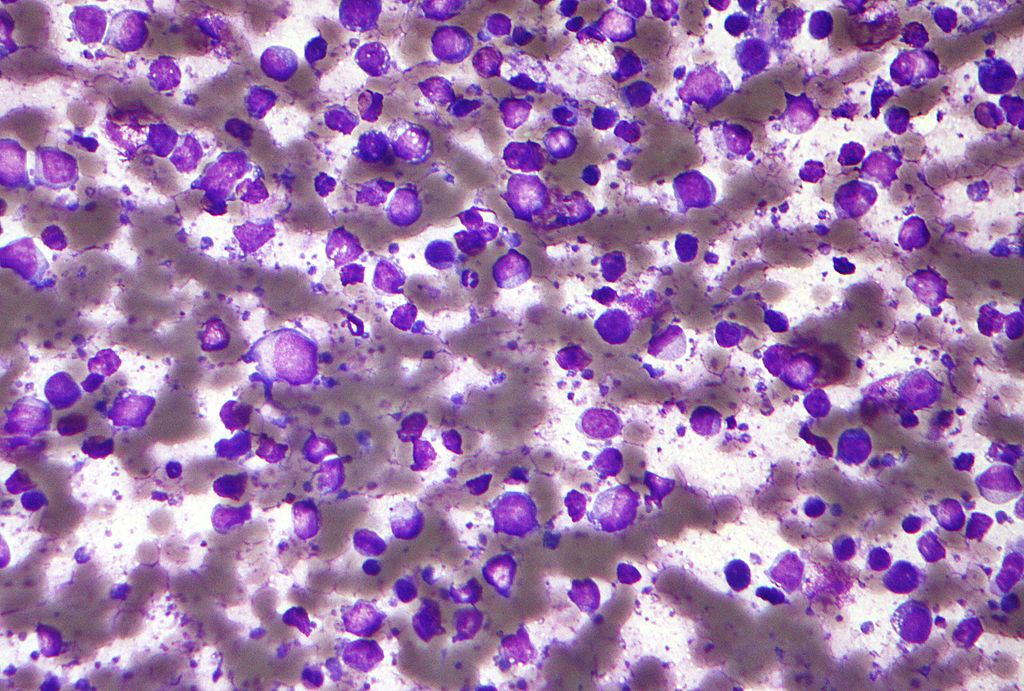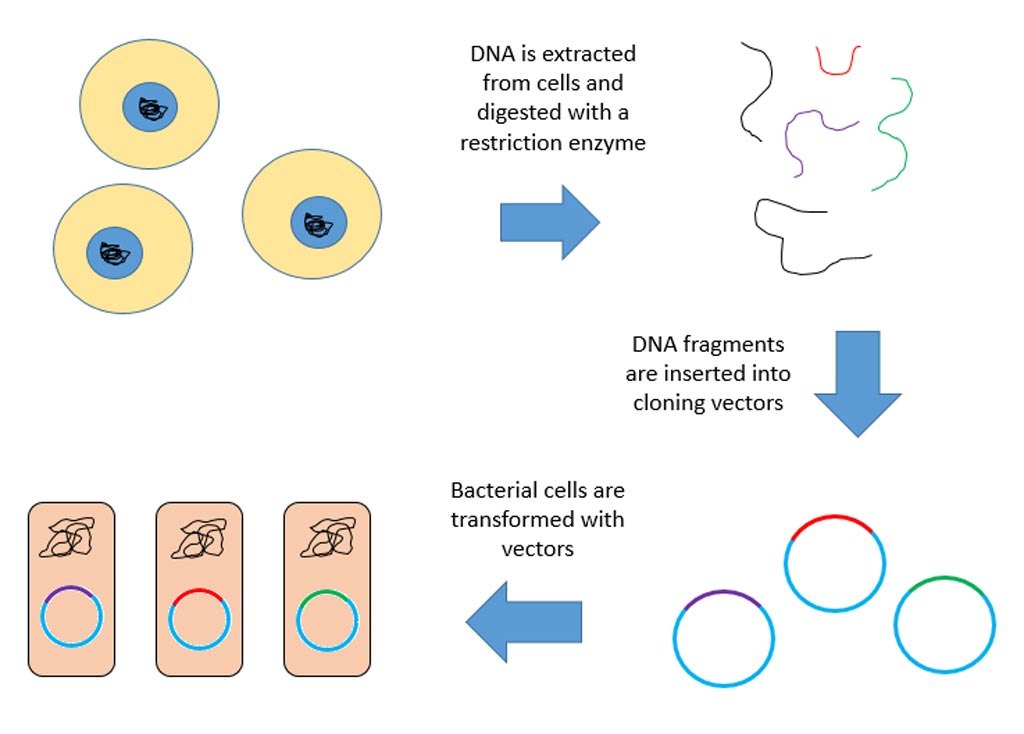Understanding How Liver Cells Die May Lead to Prevention of Acetaminophen Poisoning
By LabMedica International staff writers
Posted on 22 Nov 2010
Researchers have used populations of normal and starved mice to study the molecular mechanisms that underlie acetaminophen's (paracetamol) toxic effect on liver cells.Posted on 22 Nov 2010
Acetaminophen (APAP) overdose is a major cause of acute liver failure, but the molecular mechanism for the damage caused by the drug to liver cells was not clearly understood.
In the current study, investigators at the University of Liverpool (United Kingdom) starved a group of mice so that treatment with APAP could be studied in a population whose liver cells were stressed by lack of ATP (adenosine triphosphate), the main source of energy for enzymatic reactions.
They reported in the August 27, 2010, online edition of the journal Molecular Medicine that in fed mice treated with APAP, necrosis was the dominant form of hepatocyte death, but that apoptosis was also observed. In fasted mice treated with APAP, however, only necrosis was observed. Inflammatory cell recruitment as a consequence of hepatocyte death was observed only in fasted mice treated with APAP or fed mice cotreated with a caspase inhibitor. The differential response between fasted and fed mice was a consequence of a significant reduction in basal hepatic ATP, which prevented caspase processing, rather than glutathione depletion or altered APAP metabolism.
Contributing author Dr. Dominic Williams, professor of pharmacology at the University of Liverpool, said, "The findings are significant because knowing how the cells die will allow development of medicines to help them survive, and may also distinguish patients who have severe injury and require intensive care from those who have mild injury. The research has implications for determining how much stress has been placed on the liver in patients who are worried about an accidental overdose, as well as the more serious overdose cases.”
Related Links:
University of Liverpool













